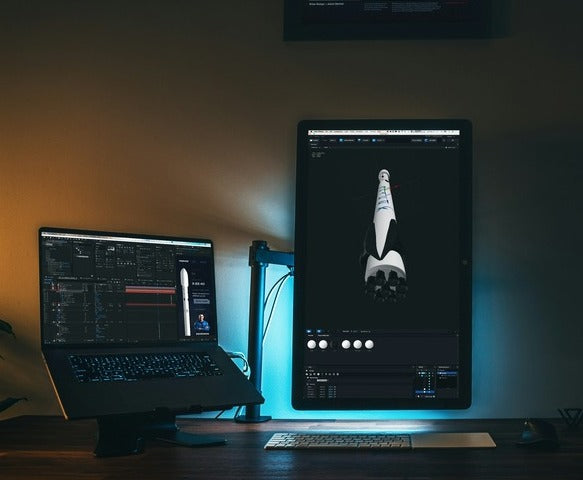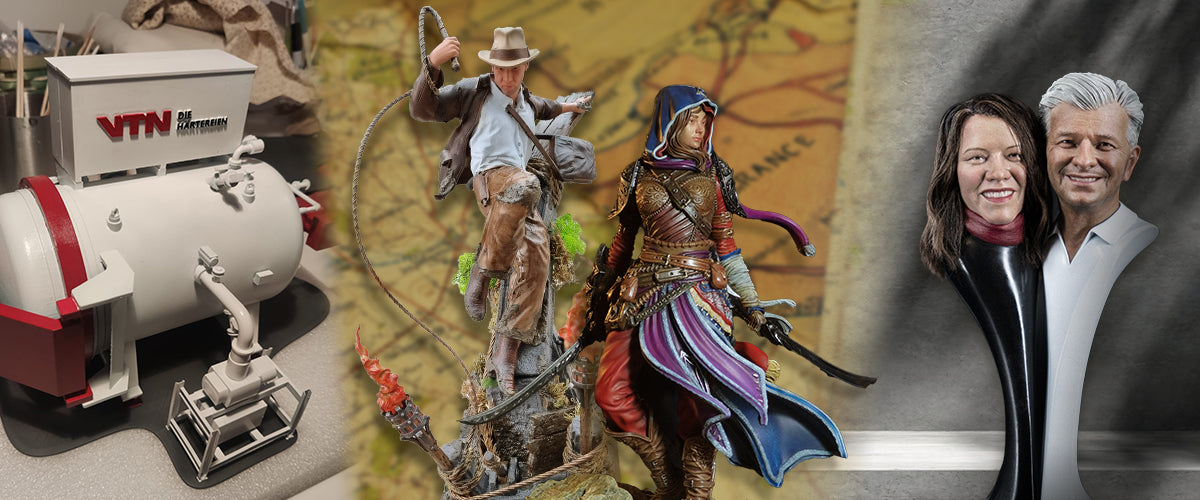Learning will never change. We will always need some of the key ingredients, namely, a teacher and a student. However, the tools to facilitate learning must be updated when and if needed.
For example, to follow the upcoming needs of 3D study models, 3D printing can offer solutions to solve some prolific problems in the education system, while also increasing engagement and interest. Let’s analyze what 3D printing is, and how it can help with education.
What is 3D Printing?
Just like the internet has revolutionized the way education works by providing free downloadable textbooks to a collection of YouTube tutorials for almost every major you are studying, and the option to use a research paper service in case of urgency, 3D printing has shown even much more promise as a technology.
As the name suggests, this technology allows you to print something into a 3D shape. You have to input a computer file that contains the plan for how to build the shape you want. Once you hit “go”, the machine will start constructing the shape out of the material of your choice.
This method reduces waste. Usually, the process would have gone the other way around: you give the machine a solid chunk of plastic or soft metal, and then it starts to trim and sculpt down until the shape is reached. Yet, the 3D printer goes the other way and builds it from scratch.

Thanks to 3D printing in schools, you can now create your own didactic material, solving one of the world’s most prolific problems. Schools across the globe do not have access to the materials that would help to teach.
Of course, manuals often have pictures, but 2D representations can often be woefully lacking. Those who struggled in biology, as the images in the textbook, could not hope to capture the three-dimensional complexity of the heart, liver, or bone. Seeing life-sized representations of cells or the DNA double-helix would have been very helpful as a student. The same applies to geometry, physics, and even art classes.
And, if the school has a printer, you never have to worry about old, moldy educational materials that were around even while your parents were attending school.
In general, this technology can really contribute to the proliferation of didactic material, while helping to increase student interest and engagement.
Involving Students in the Process
The idea has been presented so far that the school teachers used 3D printing to construct some very useful pieces of didactic material. And that can be the case, especially if the students are in a lower grade. However, there is a far better alternative: teaching 3d printing.
Why not let the kids make their shapes? It’s that age-old saying about giving a man a fish, versus teaching him to fish. As mentioned before, one of the common pitfalls of standard education is a severe disconnect between the theoretical knowledge found in books, and real-life, tangible benefits and applications.
It can be astoundingly engaging and interesting for a student to have an idea, draw it line by line, and have it come to life before his eyes. Interest in that particular subject will increase without a doubt.
Engagement and raising awareness are very important benefits of 3d printing.
Also, by having students design 3D models, you allow them to train a crucial aspect of their minds. Several IQ tests have you imagine an incomplete 3D object in your head and rotate it while completing the shape. As you can imagine, most people cannot complete this task, as it can be a very resource-intensive process for the human mind.

So, by letting students play around with 3D shapes, they are developing a crucial part of their minds. And the design part is not easy either. Even if you know what you want, you still have to exercise your problem-solving skills to finish the design aspect.
Emphasizing Teamwork
And, of course, more complex projects cannot be realistically completed by a single person. Corporations and companies have to spend millions on training managers and team members to work in a team. Why is this, considering that humans are social creatures by nature?
Well, nothing really prepares us for working in a team. Even though schools socialize kids and young adults by surrounding them with hundreds of peers, scholastic activities are naturally individualistic. You take tests alone, read alone, and do most projects yourself.
As a result, even though we are highly social, schools don’t prepare us for teamwork. And here’s where 3D printing can help.
By assigning complex tasks, you can let your class problem-solve, design, and implement together. Maybe split them into small teams and have them design parts of a larger structure. And they will get a passing grade, only if the individually designed parts fit together well.

Done on a Budget
Depending on your school, you may be aiming to turn a profit. Whether you are a private or public institution, you must get as much benefit from your resources as possible. A reasonable return on investment is the watermark of a good initiative.
3D printers are relatively cheap (compared to an overall budget), and their benefit can be justified. Having a machine that just makes endless didactic material is amazing.
Overall, a 3D printer covers needs that no other technology can. Intellectual work can get very abstract, creating a feeling of detachment from reality. That is why, sometimes, you just need to hold a real-life object or model.
3D printing can encourage creativity, visualization, project planning, and teamwork, and stimulate the imagination of everyone involved.



